
Imagine this: You’re knee-deep in a car repair project, the garage is buzzing with potential, and you’re ready to tackle that engine issue yourself. But then, you realize you’re missing the one tool that could make or break your progress. Frustrating, right? For DIY mechanics, having the right tools isn’t just about convenience—it’s about efficiency, safety, and getting the job done right. Whether you’re a weekend warrior or an aspiring grease monkey, equipping your garage with the essential tools for auto repair is the foundation of success.
This article is crafted to help you build a reliable toolkit, covering must-have mechanic tools, their uses, and tips to choose quality equipment. From wrenches to diagnostic scanners, we’ve got you covered with practical insights to elevate your DIY auto repair game. We will break down the top 11 essential tools every apprentice or home mechanic should seriously consider buying before setting out on their car repair journey, ensuring you’re ready for any automotive challenge.
Before we jump into the list, let’s talk about why investing in quality tools matters. A well-stocked toolbox saves time, reduces frustration, and ensures safety during repairs. Whether you’re fixing a leaky oil pan or swapping out brake pads, the right automotive tools make tasks smoother and more precise. Plus, owning your own gear means you’re not borrowing or making do with subpar equipment, which can lead to costly mistakes. Ready to build your ultimate DIY mechanic toolkit? Let’s dive in!
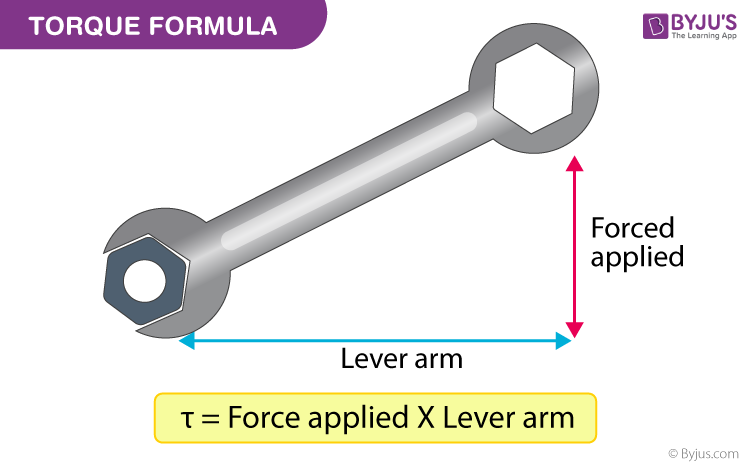
1. **Torque Wrenches: Precision and Safety First**Torque wrenches are by far the best tools for mechanics, standing out as truly indispensable. There aren’t many tools on this list that are functional, prevent damage, and are also vital for safety—torque wrenches check all three boxes. When you’re working in the engine bay, it is absolutely essential to torque every single bolt to its exact specification. This precision prevents a host of potential problems.
Bolts that are too loose can lead to serious issues like oil or other fluid leaks, which can quickly escalate from a minor annoyance to a major repair. Conversely, bolts that are overtightened can cause cracks and significant damage to gaskets, compromising seals and potentially leading to system failures. It’s also worth noting that some bolts used by vehicle manufacturers in engine bays feel incredibly fragile, almost like chalk. Torquing even a little further than the specified amount can snap them right in half.
Reflecting on personal experience, Jacob Lynagh, the author, recounts a situation: “When I had to replace a rocker cover gasket for the first time, there was one bolt that I just couldn’t reach with the torque wrench, no matter what angle I approached it from. I thought: ‘It’s just one bolt, I’ll be gentle with a box wrench instead.’ The head snapped off after half a turn.” This anecdote powerfully illustrates the critical need for precise torquing; if you think tightening bolts with a torque wrench is a pain, removing a broken bolt stud is a far greater ordeal.
Beyond preventing damage, torque wrenches are truly vital for safety. Every time you remove a wheel, whether it’s for changing tires, adjusting coilovers, or checking joints, it is imperative to torque all lug nuts to specifications when putting it back on. Furthermore, it is strongly recommended to re-torque them again after driving 100km. While there may only be a 1% chance of failure if you don’t re-torque your lug nuts, no one wants to be among the 1% of people who experience a wheel falling off while driving on the highway. This tool is a non-negotiable for any serious home mechanic.

2. **Pipe and Hose Removing Tools: Tackling Stubborn Connections**The rubber used for engine hoses, disappointingly, isn’t always as durable as it should be. After just a few years of driving, it often transforms from a soft, pliable material into a hard, almost plastic-like substance. Manufacturers, for obvious reasons, wedge these hoses on tightly to prevent them from coming loose on their own, but this also means they require considerable effort to remove when the time comes for maintenance or replacement.
Using the wrong tools for this task, such as vise grips or standard pliers, to try and force them off will almost certainly lead to cracking and breaking the brittle rubber-plastic mess these hoses have become. This inevitably creates a much bigger problem for yourself, turning a straightforward removal into a complicated repair involving replacement parts and added frustration. It’s a classic case where brute force is detrimental.
Fortunately, most hoses and pipes can be removed with surprising ease when you employ the correct pipe and hose removing tools. A pair of dedicated hose removal pliers often works wonders in most situations. You simply slide them between the hose and whatever component it’s attached to, then squeeze, and the hose seal is broken, allowing for smooth removal.
For those trickier situations where a hose is flush with the surface and you can’t get your hose removal pliers into the gap, a cat’s paw tool proves fantastically effective for initiating the process. You can gently slide its blade under the hose and lever it up just enough to create the necessary space for your pliers to get a grip. Hose picks are also valuable for breaking the seal between the hose and its connection point, though caution is advised; always be careful not to pull too hard and inadvertently crack the hose itself.

3. **Jack & Jack Stands: Safe and Accessible Under-Car Work**The jack that typically comes with your car is perfectly adequate for changing a tire in a sudden emergency, a true lifesaver in a pinch. However, its utility doesn’t extend much beyond that single-tire scenario. If your tasks involve needing to remove two wheels simultaneously, replacing any exhaust components, or even performing an oil change with any degree of comfort and safety, a dedicated floor jack is unquestionably your best choice.
Floor jacks offer superior convenience and efficiency, allowing you to quickly and easily lift up two wheels at a time by utilizing either the front or rear jacking points of your vehicle. Once the vehicle is elevated, the next crucial step is to slide your jack stands under the designated side jacking points, providing stable and secure support before you commence your work. This two-part system is fundamental for garage safety.
Jack stands are not merely a helpful accessory; they are a vital tool that plays the primary role in supporting your vehicle. It cannot be stressed enough: “Never work under your car while it’s only supported by the jack.” The hydraulic jack should be considered a lifting device, not a long-term support. Jack stands should always serve as the primary support, and you can, for an added layer of security, leave the jack in place as a secondary support in the rare event that the jack stands might fail.
Most experienced mechanics who don’t have access to professional lifts tend to implement double and even triple contingencies when working beneath vehicles. A smart practice is to acquire two sets of jack stands and position one set just behind the other as a failsafe, significantly increasing your safety margin. Furthermore, if you’re taking off the wheels, a clever trick is to stack them under the car, creating an additional catch point should the vehicle unexpectedly fall. You can never be too safe when you have 2.5 tonnes of metal suspended above you, held precariously by what feels like a thin metal rod.
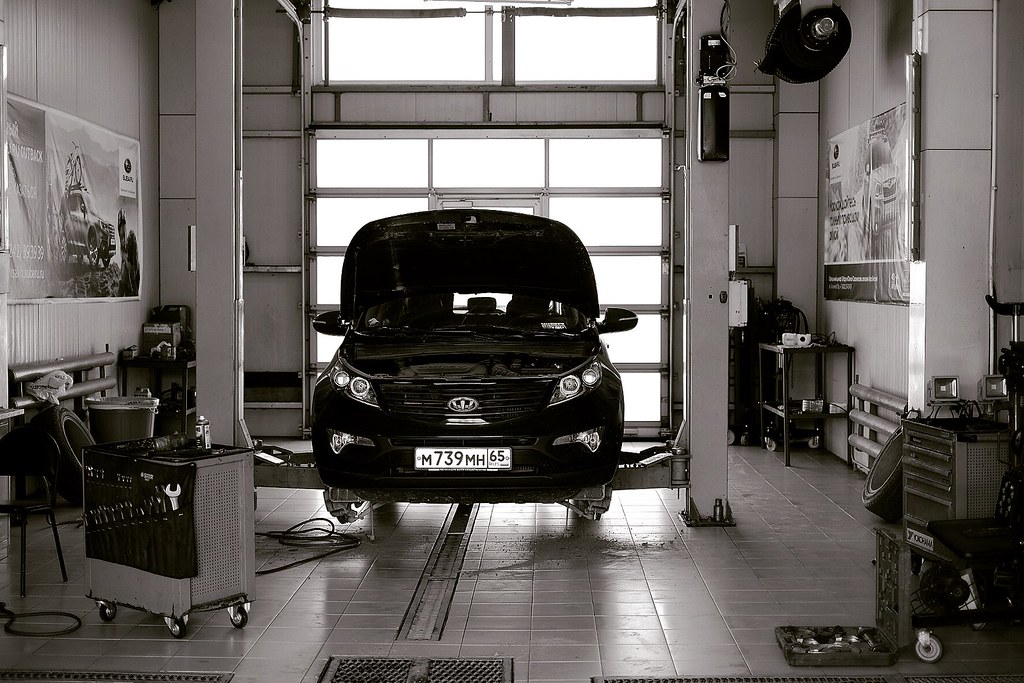
4. **Deep Socket Set: Reaching the Unreachable**Deep sockets are the kind of specialized tool that you might not need every day, but when their necessity arises, you’ll find them absolutely indispensable. There will be no viable substitutions, and without them, you’ll be forced to halt your work and make an urgent trip to the hardware store to acquire some. Why endure such an interruption and inconvenience? It makes far more sense to save yourself the trouble by investing in a comprehensive set now, ensuring you’re never caught unprepared.
These sockets are incredibly useful for tackling deep-set bolts and nuts, which are often found in various parts of a vehicle. They are also perfect for nuts situated on studs with long exposed threads, where a standard shallow socket simply wouldn’t offer enough clearance. Furthermore, deep sockets shine in areas where it’s exceptionally difficult to fit a traditional wrench due to surrounding components or cramped conditions.
Deep sockets become particularly crucial when you’re planning to work on suspension components. In these areas of the vehicle, many of the bolts and nuts are purposefully set deep within the assembly or are intricately surrounded by other parts that obstruct the access of a regular wrench. Attempting to maneuver a standard socket or wrench in such tight, obstructed spaces is often a recipe for frustration and potential damage to the surrounding components or even the fastener itself.
Therefore, if suspension work is even a consideration in your future DIY automotive plans, it would be a wise and proactive move to start looking at investing in a quality deep socket set in advance. Having these specialized tools readily available will not only streamline your work but also prevent delays and ensure you have the right leverage and access when it truly counts, making complex tasks much more manageable.

5. **Ratchet Wrenches: Speed and Versatility in Fastening**This particular tool is pretty self-explanatory for anyone with even a passing familiarity with mechanics: if you possess sockets, you absolutely require something to effectively turn them. While impact wrenches offer incredible power and speed, they are not suitable for most jobs, especially when precision is required. Therefore, a standard ratchet wrench remains your most reliable and versatile choice for a vast majority of tasks in the garage.
Almost every engine component, indeed many parts throughout a vehicle, are held securely together with nuts and bolts. To efficiently remove or replace these fasteners, the best practice almost universally follows a specific, methodical sequence. For removal, if a bolt is exceptionally tight or rusted, it’s best to use a breaker bar or box wrench to initially get it started, applying the necessary leverage. Once it’s loose, you can then quickly loosen it all the way to the top using a ratchet wrench, saving considerable time and effort. For the very last half-turn, it’s often best to use your fingers to prevent dropping or losing the fastener.
When replacing fasteners, the process is equally deliberate. Always begin by getting the nut or bolt started with your fingers. This crucial step ensures that it is threaded correctly, preventing costly cross-threading that can damage both the fastener and the component. Once it’s started properly, you can then quickly tighten it down using your ratchet wrench. The final, critical step is to tighten it to the precise specification using a torque wrench, ensuring both security and preventing damage as discussed earlier.
Ratchet wrenches offer a distinct advantage over traditional box wrenches, primarily in terms of speed and efficiency. Their ratcheting mechanism allows for continuous turning without having to repeatedly remove and reposition the wrench, which drastically cuts down on working time. Moreover, thanks to the immense usefulness and sheer variety of available sockets—including deep sockets, shallow sockets, 12-point sockets, and wobble sockets—ratchets provide unparalleled access to many fasteners that traditional box wrenches simply cannot reach. This versatility makes them an absolute cornerstone of any mechanic’s toolkit.
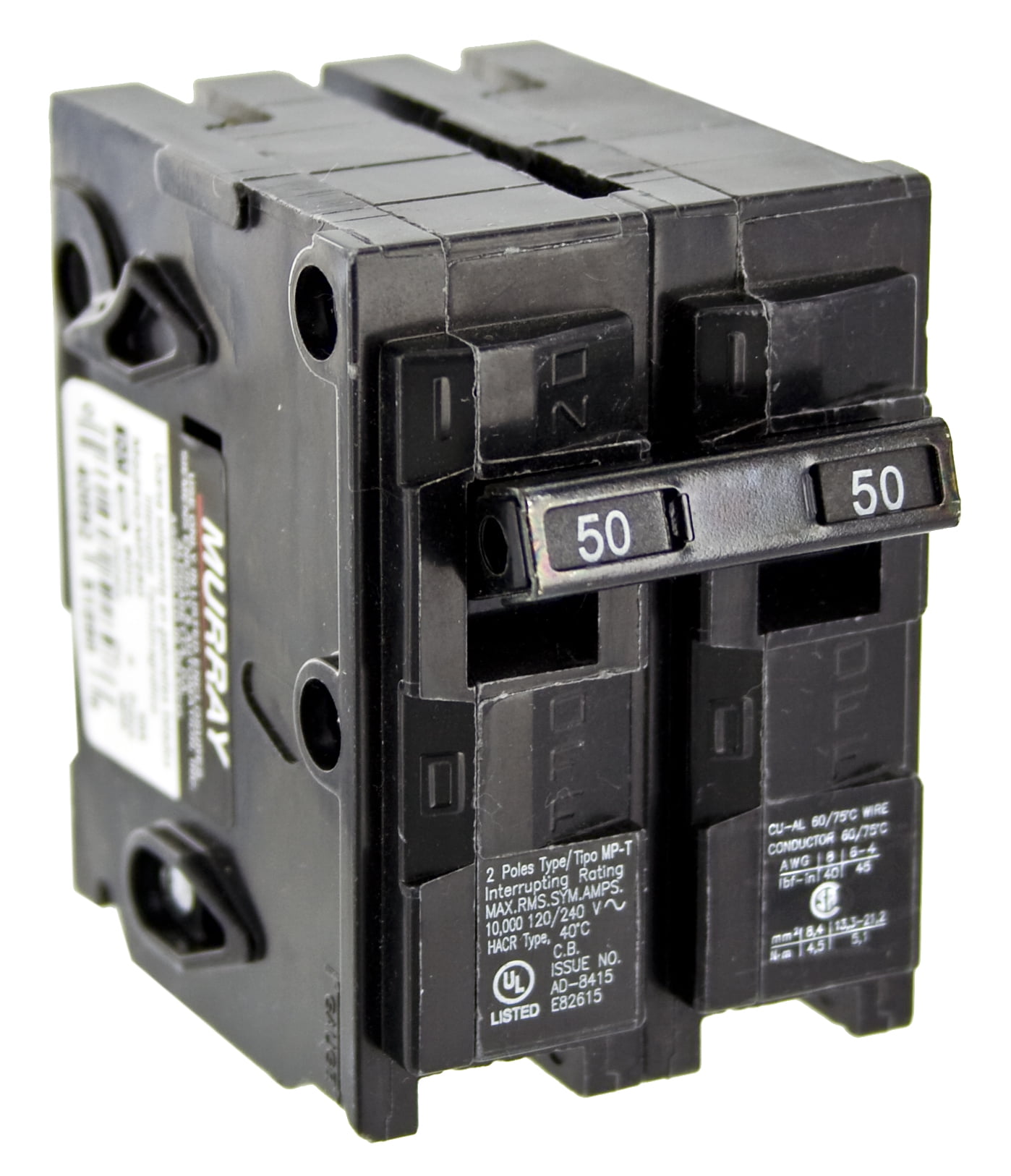
6. **Breaker Bar: Unleashing Serious Leverage**A breaker bar might just be the smartest, most cost-effective investment a beginner mechanic can make. Many of us have experienced the sheer frustration of struggling with a tight, rusted nut or bolt that seems glued in place. Jacob Lynagh, the author, vividly recalls spending hours battling stubborn fasteners, from the lug nuts on his 20-year-old high school car to the drain bolt on his college motorbike, enduring “hours of blood, sweat, and tears” to remove them with a standard wrench.
Old cars and their components are notorious for rusting, and that rust acts like an incredibly potent superglue for bolts, making removal a monumental task. Realizing the constant struggle, the author wisely invested in a breaker bar when he acquired his 15-year-old car, a decision that transformed his repair experiences. This simple tool dramatically increases the leverage applied to a socket, allowing for significantly greater turning force with the same amount of effort.
Beyond just brute strength, a key advantage of the breaker bar is that you can often position yourself above it and lean your entire body weight into the task. This ergonomic benefit means you’re not straining your fingers and wrists, preventing the early onset of arthritis that often accompanies struggling with standard wrenches. Whether you’re dealing with stubborn lug nuts, unyielding sway bar link bolts, or the notoriously rusted fasteners holding exhaust pieces in place, a breaker bar slices through these challenges with minimal effort and discomfort. It truly is an indispensable tool for any serious DIYer.
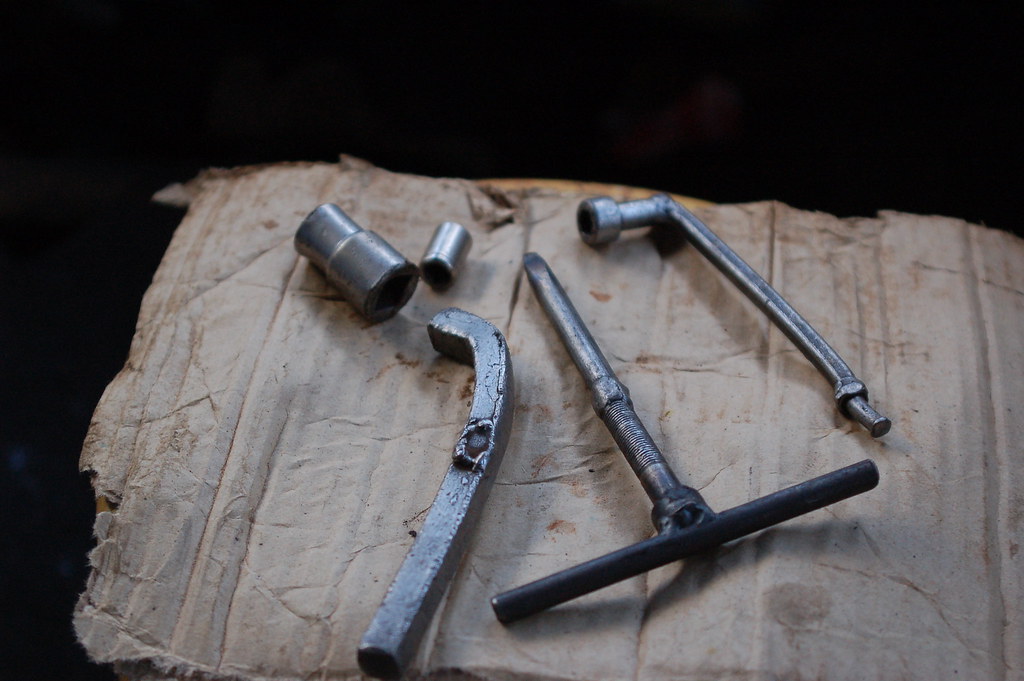
7. **Palm Ratchet: Conquering Confined Spaces**Anyone who’s spent time working under the hood knows that engine bays can be an incredibly frustrating environment. While engineers meticulously design engines for optimal cooling, protection, and a tidy layout, the reality of limited space means every pipe, hose, and cable is often bent, twisted, and intertwined like a complex 3D puzzle. This intricate arrangement, while efficient for manufacturing, often leaves very little room for a mechanic’s hands or conventional tools.
This stark lack of space and maneuverability makes specialized tools like palm ratchets and low-profile sockets absolutely indispensable. When your regular ratchet can’t find enough clearance to operate, or you simply can’t achieve the correct angle to use a traditional box wrench, a palm ratchet becomes your best friend. Its compact design allows it to fit right into those incredibly tight spots, getting the job done where other tools simply fail.
If your fingertips can reach a stubborn nut or bolt, then a palm ratchet is almost certainly capable of removing or tightening it. These tools are specifically engineered for precision work in cramped conditions, allowing mechanics to navigate the complex landscape of an engine bay with greater ease and efficiency. Adding a palm ratchet to your toolkit means fewer scraped knuckles and a significant reduction in the exasperation that often comes with trying to access hidden fasteners.

8. **Trim Remover: Preserving Your Car’s Interior**Modern car interiors are designed to be sleek, seamless, and free of visible fasteners, with most trim pieces held securely by hidden clips. While this creates a clean aesthetic, it makes removal incredibly challenging for tasks like installing a new stereo, speakers, a reverse camera, or a drive recorder, all of which require tucking away cables out of sight. These hidden clips are notoriously difficult to access and remarkably easy to break, leading to costly replacements.
Compounding the challenge, the old-school method of using brute force and a screwdriver to pry off trim pieces is no longer a viable option in many modern vehicles. A significant number of contemporary trim components conceal airbags behind them. Carelessly jamming a screwdriver into these areas could potentially puncture or even accidentally deploy an airbag, creating a dangerous and extremely expensive situation that no home mechanic wants to face.
This is where a dedicated set of trim remover and clip removal tools truly shines. Available in various shapes and sizes, these specialized plastic tools are designed to safely pry, lever, and unclip interior panels without causing damage to the trim itself or the hidden clips. They are small and lightweight, making them perfect for storage in your glovebox, ensuring they are always on hand for those inevitable interior modification or repair tasks. Investing in these tools protects your vehicle’s interior and your wallet.
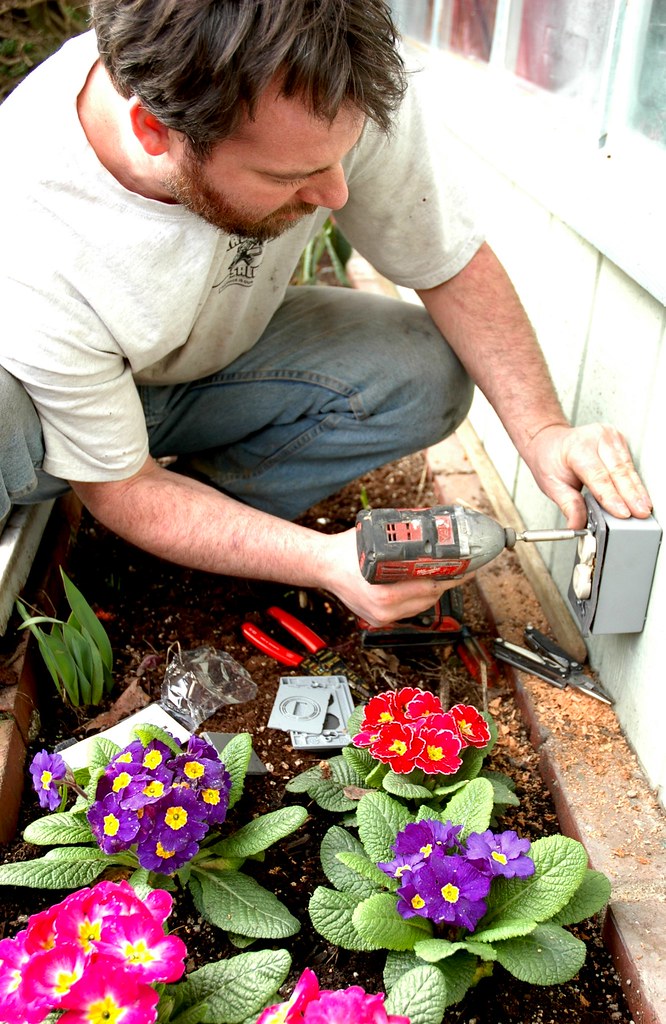
9. **Screwdrivers: The Unsung Heroes of the Garage**Much like the trusty ratchet wrench, the utility of screwdrivers might seem self-explanatory, yet their specific applications in automotive repair are worth noting. While cars heavily rely on nuts and bolts, and you might not encounter many screws in the engine bay or around suspension and exhaust components, there are still countless instances where a reliable screwdriver is indispensable across other parts of a vehicle.
Slotted screwdrivers, for instance, are incredibly handy for removing trim pieces that feature a small gap, allowing you to carefully prise them open without causing damage. Even within the engine compartment, many covers, such as rocker covers, often incorporate “ears” specifically designed to accommodate a slotted screwdriver, enabling you to lever them open safely without harming the cover or gasket. Star screws, on the other hand, are commonly found securing components like stereo and speaker brackets, as well as around light assemblies and housings. A good set of crosspoint screwdrivers is therefore essential for routine tasks like replacing a lightbulb.
A crucial tip for anyone working on Japanese cars—including popular brands like Toyota, Subaru, Mitsubishi, Nissan, Honda, Mazda, Suzuki, Lexus, and Infiniti—is to invest in a set of JIS (Japanese Industrial Standard) screwdrivers. Using a regular Phillips screwdriver on these vehicles is likely to damage the fasteners, as Phillips screws are designed to cam out under torque, whereas JIS fasteners are designed for a much tighter fit. Having the correct JIS drivers ensures proper engagement and prevents costly fastener stripping, making them an essential addition for owners of Asian imports.
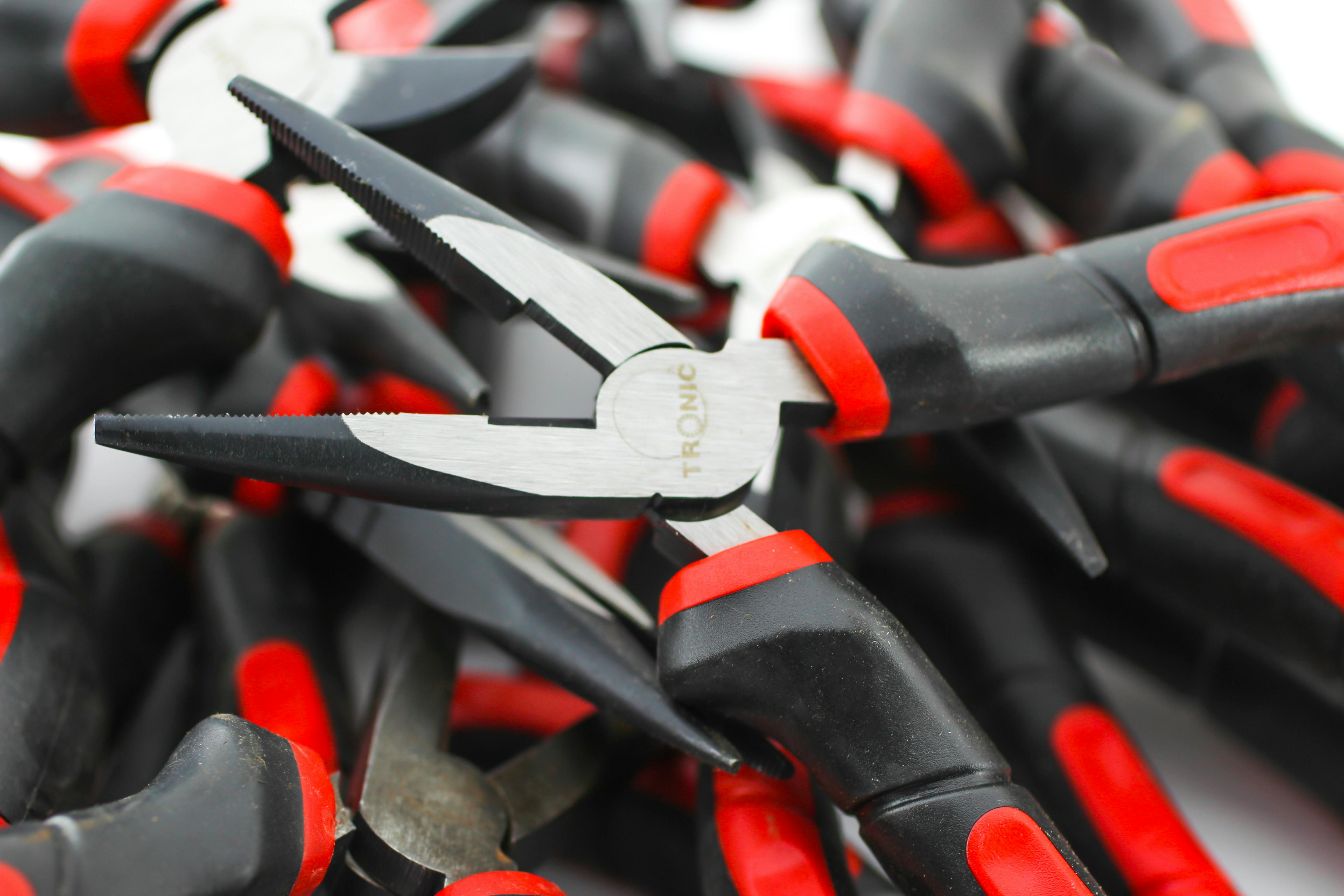
10. **Needle Nose Pliers: Precision and Reach**Needle nose pliers are one of those fantastic, versatile tools that will undoubtedly save your day more times than you can count. Their slender, elongated jaws make them exceptionally adept at reaching into tight spaces where larger pliers or even your fingers simply cannot go. They prove invaluable for a myriad of tasks, from delicately reaching interior trim clips—especially when you don’t have a dedicated trim tool—to precisely disconnecting small electrical components, particularly those fiddly pin and socket connectors.
But their utility extends far beyond just reaching and connecting. Before you know it, you’ll find yourself reaching for your needle nose pliers more frequently than many other tools in your mechanic’s arsenal. They are perfect for twisting wires together neatly, carefully pulling fuses from their sockets, and retrieving dropped nuts, bolts, and washers that have vanished into the engine bay’s depths. Furthermore, they are excellent for “fishing out hard to reach harnesses from behind the dash” or other obscure locations.
These incredibly useful and very cost-effective automotive tools are a true asset to any home mechanic’s toolbox. Their ability to perform so many different precision tasks, combined with their low cost, makes them a highly practical investment. Having a quality pair of needle nose pliers readily available will save you a considerable amount of time and frustration, streamlining countless small but critical repairs.
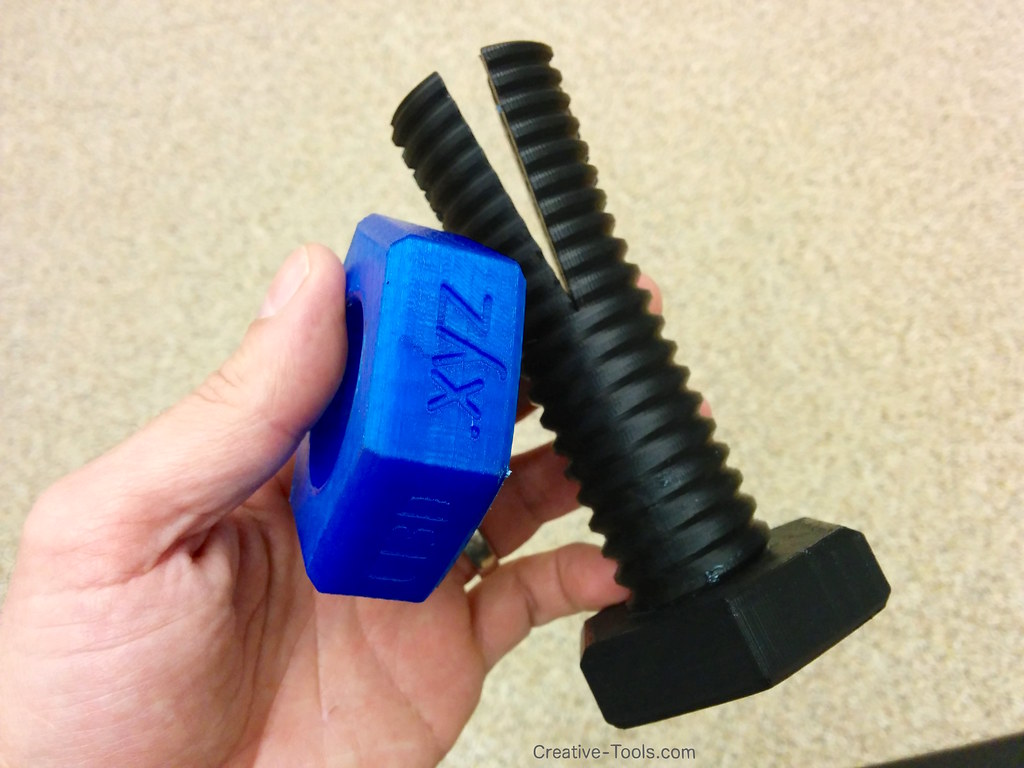
11. **Bolt/Screw Remover: The Inevitable Savior**It’s an unfortunate reality that the bolts and screws used in cars often seem to be made of the most fragile steel imaginable. They are already incredibly prone to damage, stripping, or breaking even when new. Add to this the fact that vehicles are constantly exposed to the elements, leading to fasteners rusting and seizing after just a few seasons, and you realize that if you work on cars regularly, encountering a broken screw or bolt isn’t a possibility—it’s an absolute certainty.
Given this inevitability, it is absolutely essential to have a set of bolt and screw removers on hand. This might include a specialized set of extractors designed to bite into stripped or broken fasteners, such as the Anex set mentioned in the context, or a pair of screw and bolt removal pliers engineered specifically to grip a stripped head, like those from Engineer. These tools are designed to tackle the very problems that frustrate mechanics the most, turning a potential disaster into a manageable repair.
Having the right screw and bolt extractors in your toolkit provides immense peace of mind. That inevitable, heart-sinking moment when you realize you’ve damaged a fastener beyond conventional repair won’t feel so overwhelming. Instead, you’ll know you’re prepared to effectively remove it, preventing a small mistake from escalating into a much larger, more time-consuming, and costly ordeal. These tools are the ultimate problem-solvers for those moments when fasteners betray you.
While the journey to a fully equipped garage can feel endless, and you might eventually accumulate more tools than you ever thought possible, this carefully curated list covers some of the most critical and accessible items. These tools are not only cost-effective but also incredibly useful in the day-to-day life of working on cars, ensuring safety, efficiency, and the satisfaction of a job well done. Equipping your garage with these essentials will lay a strong foundation for any automotive challenge you choose to tackle, transforming potential headaches into successful DIY triumphs. We’d love to hear about your must-have tools – share your insights in the comments below!



